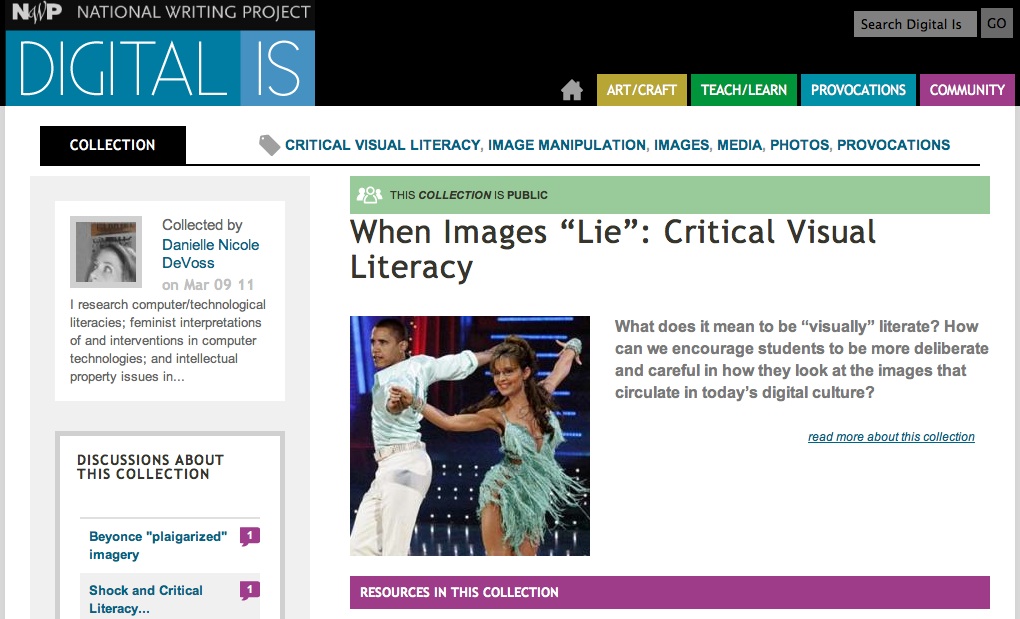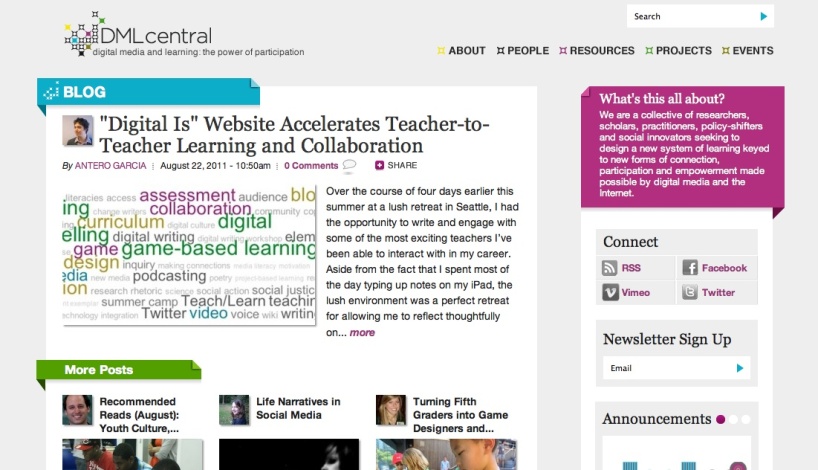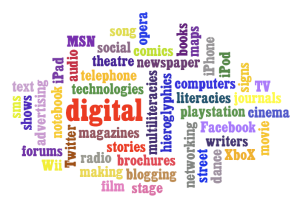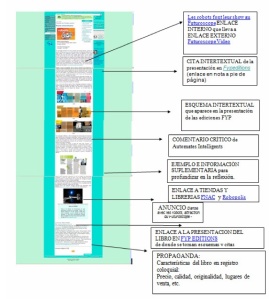
The 21st century classroom is beginning to reflect the global, digital world. Policies must follow. Policies that address multiliteracies must be developed in order to provide proper assessment and instruction. Policies within the school level, district level, and the state/national level should take into consideration the changing needs of the student population.
School Level Policies
As with any work place, an environment is established that reflects the goals and principles of its’ members. Schools must create an environment that encourages continued professional development, collaboration, and team building. Curriculum and pedagogy developed and used in the classrooms should reflect the skills students need to work and live in the global economy. Technology policies should allow integration of multiple literacies as well as provide all students the opportunity to develop specific technology and communication skills (Burbules et. al, 2006).
Distict Level Policies
In order for the school environment to support 21st century teachers and students, the district should provide access to multiple assessments, and allow input from teachers and administrators within the schools to influence district policies concerning assessment and technology. District level assessments should include formative and summative measures; acknowledging the expertise of educators. Districts should also be open to learning from other schools or professionals, especially charter schools with innovative designs (Christensen et. al, 2008).
State/National Level Policies
Policy development within the United States is influenced by many actors: political, cultural, societal. Somehow the voice of the teachers and students has been drowned out. Focus is not so much on actual understanding of learning and the context of learning, as it is about pleasing the public. As Costello and Johnson state, “The assumption behind current accountability testing is that schools as organizations, and the individuals within them, are not only unable to monitor their own performances but also are unlikely to provide the best instruction they can unless forced to do so annually through rewards and punishments,” (2006, p. 264). State and national education policy development must consider the changing landscapes of life and work in the 21st century. Standards, as the International Society of Technology in Education have outlined, should include the specific skills that are needed within these changing landscapes (http://www.iste.org/standards.aspx). Policy should be developed with acknowledgement of the context of which students are living, creating assessments that are for learning and not of learning. State and national assessments should include both formative and summative measures, more closely resembling what students will actually encounter in their future.
Resources:
Burbules, N. C., Callister, T. A., & Taaffe, C. (2006). Beyond the Digital Divide. Technology and Education: Issues in Administration, Policy, and Applications in K12 Schools Advances in Educational Administration, 8, 85-99.
Christensen, C.M., Horn M.B., & Johnson C.W. (2008). Distrupting Class: How Distruptive Innovation will Change the Way the World Learns, McGraw Hill: New York.
Costello, P. & Johnston, P. (2006). Principles for literacy assessment. Reading Research Quarterly, 40, 2.
International Society for Technology in Education-Standards in the digital age. Retrieved from http://www.iste.org/standards.aspx.






